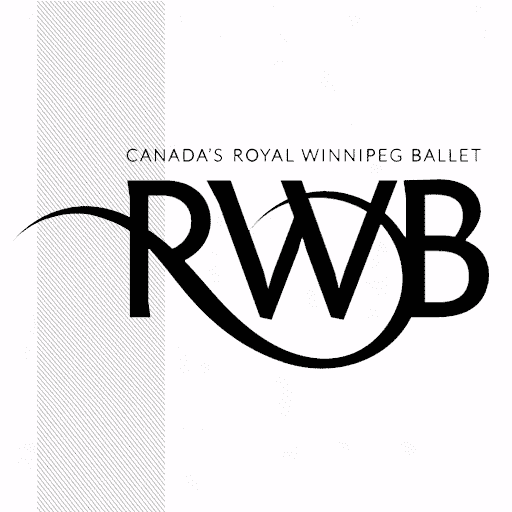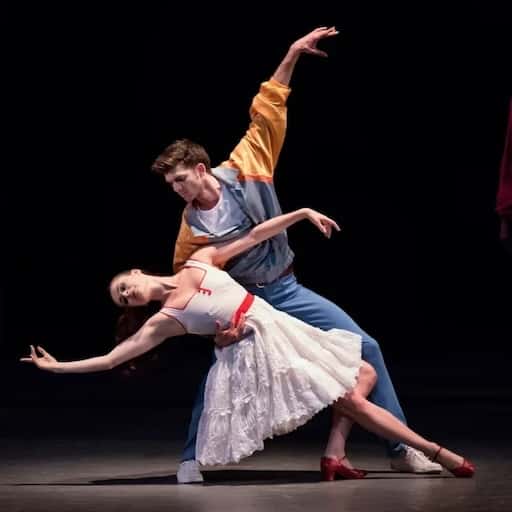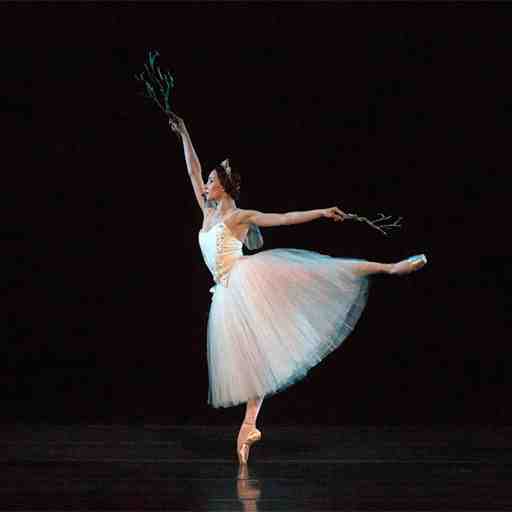Ballet in Canada has mirrored Canada’s culture over the decades in all its diversity due to both immigration and government subsidies. The companies and dancers that have led the growth of ballet in Canada reflect what the country has become. Ballet in Canada can be broken into three sections: a short history of the development of ballet in Canada, the major Canadian companies, and the naturalization of foreign dancers with high-status positions in Canadian ballet.
History and Development
- Early Days: Ballet in Canada was seeded in the early 20th century by a handful of small ballet groups and European dance teachers who fled the war in their homelands during and immediately after the Second World War.
- National Ballet of Canada: The National Ballet of Canada was established in 1951 by Celia Franca. Photo by Frederick EvansOne of the foremost ballet companies in Canada, the National Ballet of Canada, has a varied rep consisting of classical and contemporary ballet.
- Royal Winnipeg Ballet (RWB): Formed in 1939, RWB is North America’s oldest continuously operating ballet company. In 1953, it was granted ‘Royal’ status, making it the first ballet company in the Commonwealth to receive such an accolade.
Major Companies and Institutions
- National Ballet of Canada, Toronto: A renowned company, particularly for its traditional repertoire of ballet classics and repertoire of new works by choreographers.
- Royal Winnipeg Ballet: Formed in 1939, it was Canada’s first professional ballet company and is known for its versatility and innovation.
- Les Grands Ballets Canadiens de Montréal, founded in 1957, presents contemporary and cutting-edge ballet programs with a particular emphasis on contemporary choreography.
- Ballet BC: Based in Vancouver, Ballet BC is open to contemporary aesthetics, choreographic experimentation, and artistic collaboration.
Influential Figures
- Celia Franca: Founder of the National Ballet of Canada, shaped and built a unique Canadian dance culture.
- Fernand Nault: Contributor to Les Grands Ballets Canadiens de Montréal’s repertoire and identity.
- Arnold Spohr (1925-2008): Winnipeg-born, Spohr’s 23-year tenure as artistic director of the Royal Winnipeg Ballet helped establish the company as an internationally significant artistic company.
Educational Institutions
- National Ballet School of Canada, Founded in 1959, is one of the finest in the world and a breeding ground for dancers who go on to careers with leading performing companies around the globe.
- Royal Winnipeg Ballet School: Pro training. Helped forge many Canadian dancers.
Contemporary Scene
- Canadian ballet today is perhaps best characterized by innovation and plurality as companies and choreographers craft new forms and engage in interdisciplinary collaborations.
- There’s a growing emphasis on inclusivity and reflecting Canada’s multicultural society in ballet productions.
Challenges and Opportunities
- Funding: The Ballet companies in Canada, like many cultural institutions in Canada, struggle with the funding and the sustainability factor.
- Diversity: The ballet community is committed to increasing diversity on and off stage to more accurately reflect the country’s multicultural population.
Canadian ballet is a vibrant expression of life, rooted in the lines and light of a classical tradition, yet driven by artistic inquiry, cultural realities, and technological developments. The country is fortunate to have a broad public and private sector commitment to its support. The aspirations of its dancers, choreographers, and teachers, and the vigor of its ensembles, will steadfastly ensure that ballet continues to inhabit the Canadian stage.











